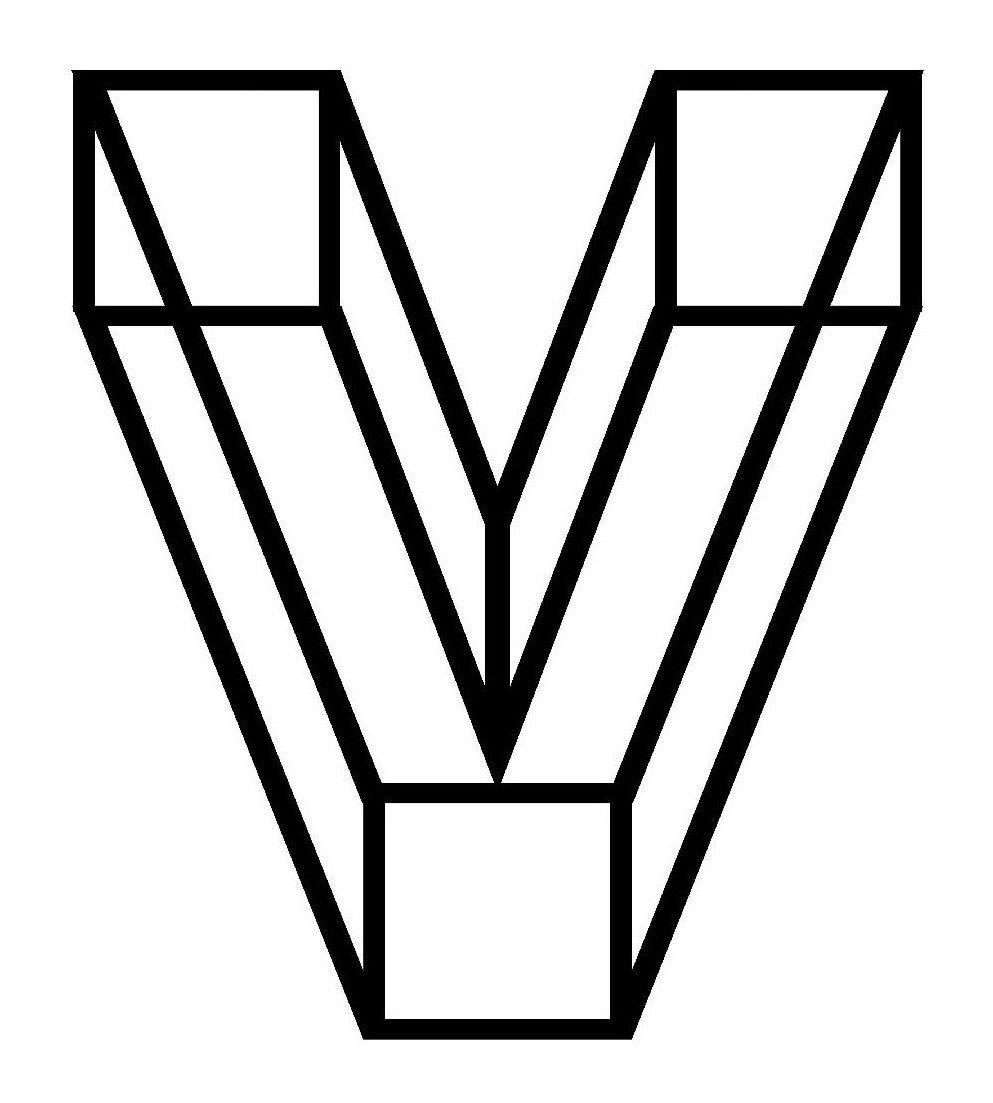| >> Read all Stella's reviews. | |
Funny Weather: Art in an emergency by Olivia Laing {Reviewed by STELLA} A collection of essays about art and emergency couldn’t be more fitting for the times we live in. Funny Weather is a collection of pieces written by Olivia Laing between 2015—2019 for various art magazines and newspapers. Laing is intrigued by the idea, and adamant that it is so, that art is a vehicle for resistance and repair in a world where crises pit us against systems, both capitalist and governmental, and where unexpected emergencies create social and cultural upheaval. While these writings predate the Covid crisis, the ideas and analysis can easily be applied to our present scenario. Laing discusses artists, writers, and their work related to the political and social upheavals that prefigure and inform their practice. Whether it’s documenting the AIDS crisis, as in the work of David Wojnarowicz, or exploring our place in nature — Derek Jarman — or creating a place of least distraction — Georgia O’Keefe — or using language to counter political expediency — Ali Smith — or countering expectations — Jean-Michel Basquiat — Laing introduces us to artists who push against the rigidity of conformity, question authority and suggest alternatives. While the best works are in a biographical essay style, the longer pieces being more satisfying, the variety of work ensures fresh views on artists you may know, as well as introductions to some you don’t. Split into loosely thematic sections, the essays intersect across each other in ideas and study, with all drawing down to Laing’s insistence that art is important in the face of an emergency. This concept underlies her conversations about or with the artists, and her critique of their work in the context of political, social and cultural phenomena. Where Laing succeeds and keeps the reader engaged (compared with the stilted or pretentious nature of much art writing) is in her ability to write with insight, compassion and verve, by putting her own experiences into the dialogue and teasing at the edges, looking afresh (much in the same way that John Berger makes us look at art) to give the reader informative and complex, yet unwaveringly accessible, conversation. Laing avoids easy conclusions and gives us plenty to chew on, as we seek art to save us in an emergency. |

